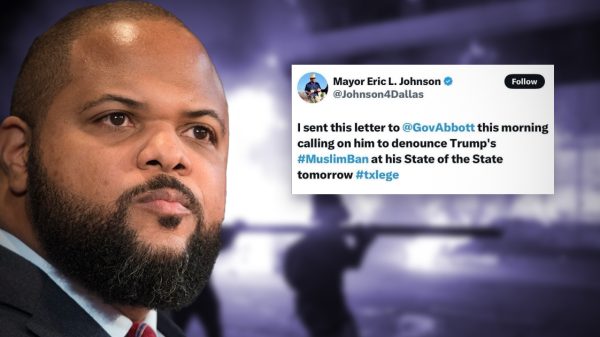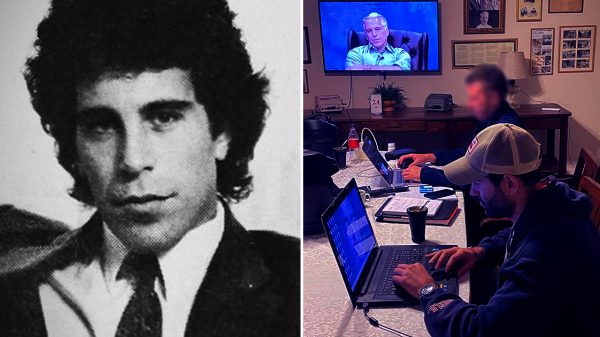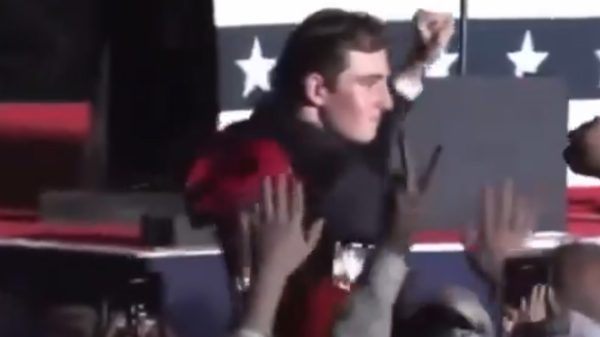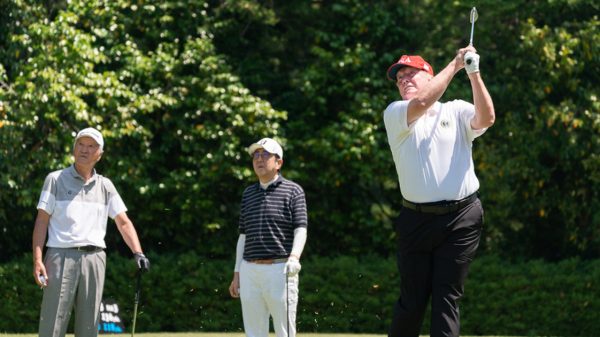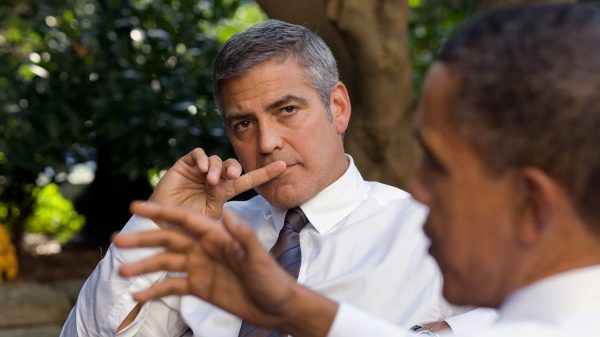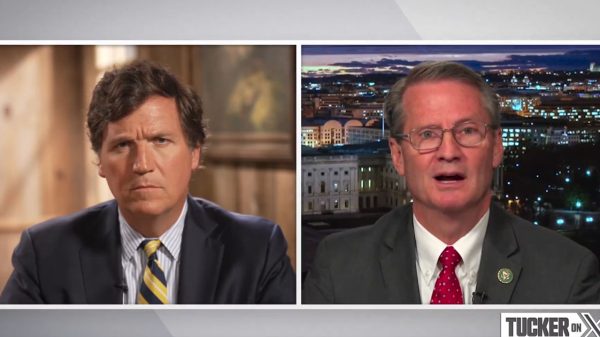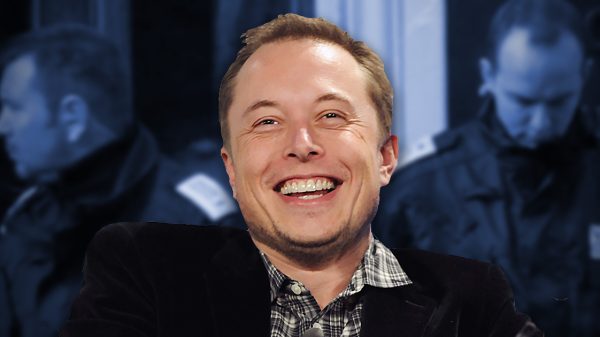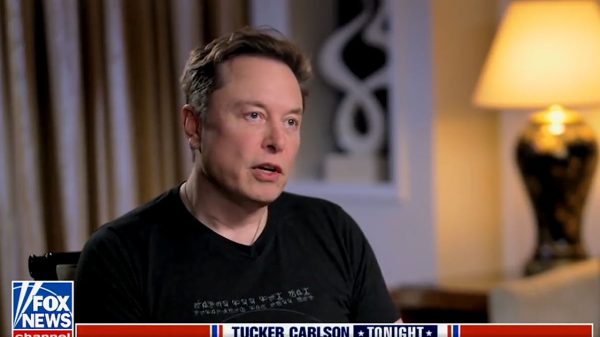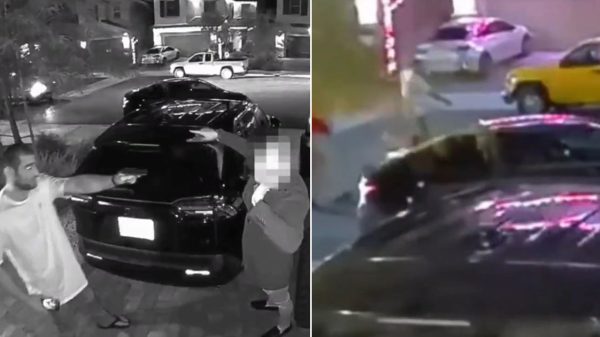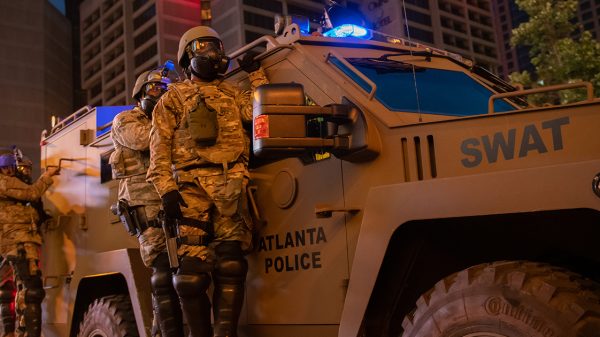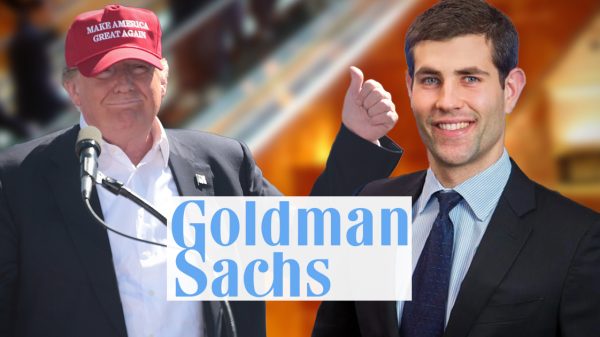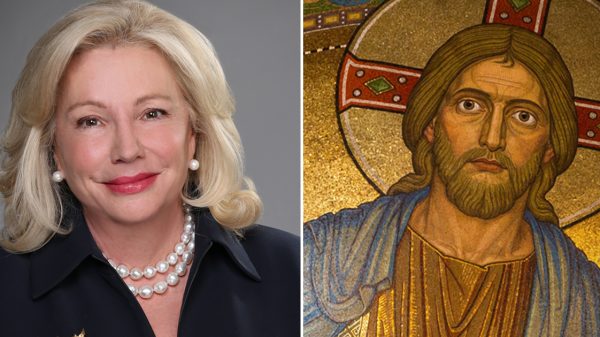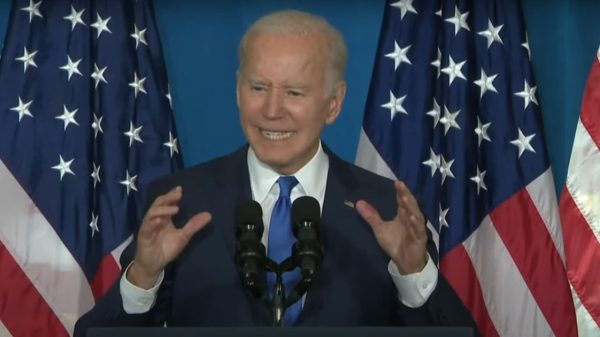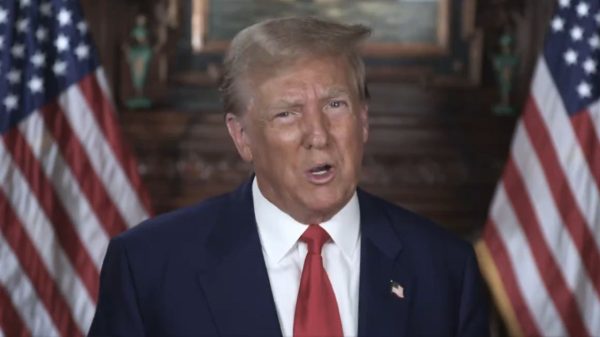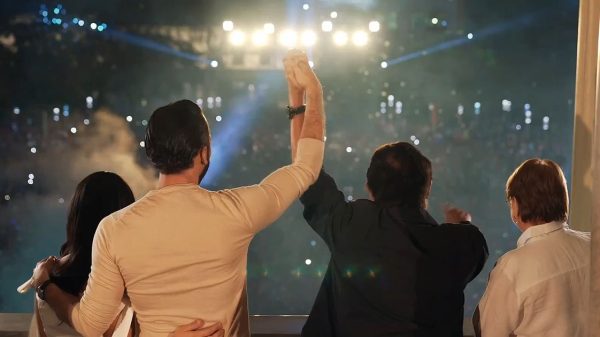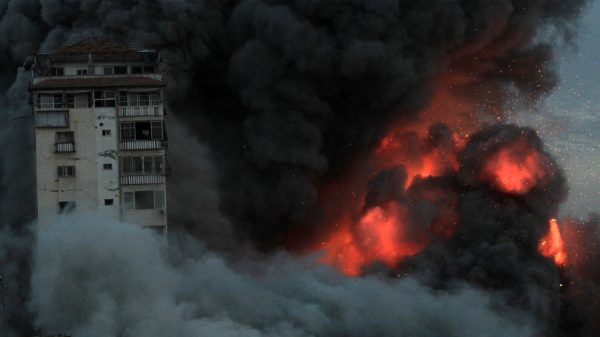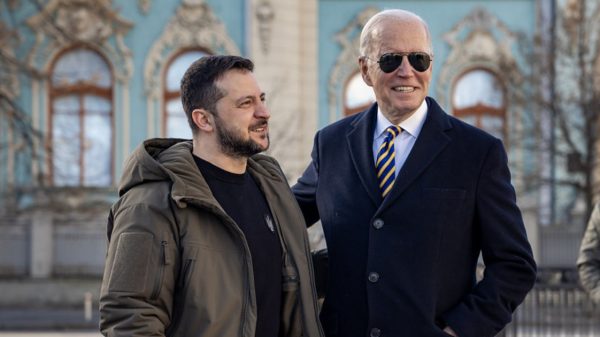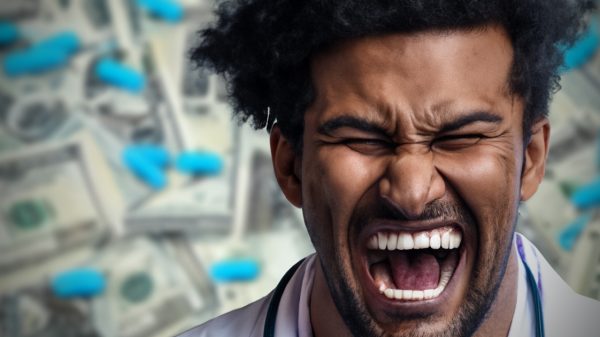Outgoing U.S. Rep. Adam Kinzinger appeared to insult the intelligence community this weekend, claiming that a Secret Service official would be willing to lie in defense of 45th President Donald Trump.
Kinzinger and his allies in the Democratic party have faced intense scrutiny since inviting Cassidy Hutchinson, a former low level Trump staffer, to testify at the January 6 committee.
Hutchinson claimed that Trump grew irate on January 6, ordered the presidential limo known as “The Beast” to immediately turn toward the U.S. Capitol, and when refused by the Secret Service driver and agent in the car, Hutchinson claimed wildly, Trump flung himself across the stretch limo, attempted to strangle the driver, and demanded to be driven to the U.S. Capitol.
The Secret Service issued a statement that suggested the event never happened, and two men – Tony Ornato and Robert Engel – are prepared to testify that Hutchinson’s tale never happened.
Now, faced with seeing his claims debunked, Kinzinger says that one of the Secret Service agents willing to testify is a dirty liar.
“There seems to be a major thread here… Tony Ornato likes to lie,” Kinzinger wrote, noting claims advanced by other people formerly in Trump’s orbit and CNN’s Alyssa Farah.
Read More: Fox News Compares Hutchinson’s Questionable Jan 6 Testimony To Watergate
“Tony Ornato lied about me too,” claimed CNN’s Alyssa Farah Griffin. “During the protests at Lafayette Sq. in 2020, I told Mark Meadows [and] Ornato they needed to warn press staged there before clearing the square. Meadows ‘We aren’t doing that.’”
However, this too seems to be a lie on behalf of Griffin. Trump did not order the square to be cleared, but rather, it was cleared to put up defensive fencing around a historic church, according to a government watchdog report.
The January 6 hearings have received abysmal ratings, beginning with their prime time, limited commercial, two hour special that aired last month.
While every major network covered the prime time event, generating 19 million total views, most networks had about half of their normal viewership.
Immediately after, the January 6 committee began holding their events during the daytime television block.



